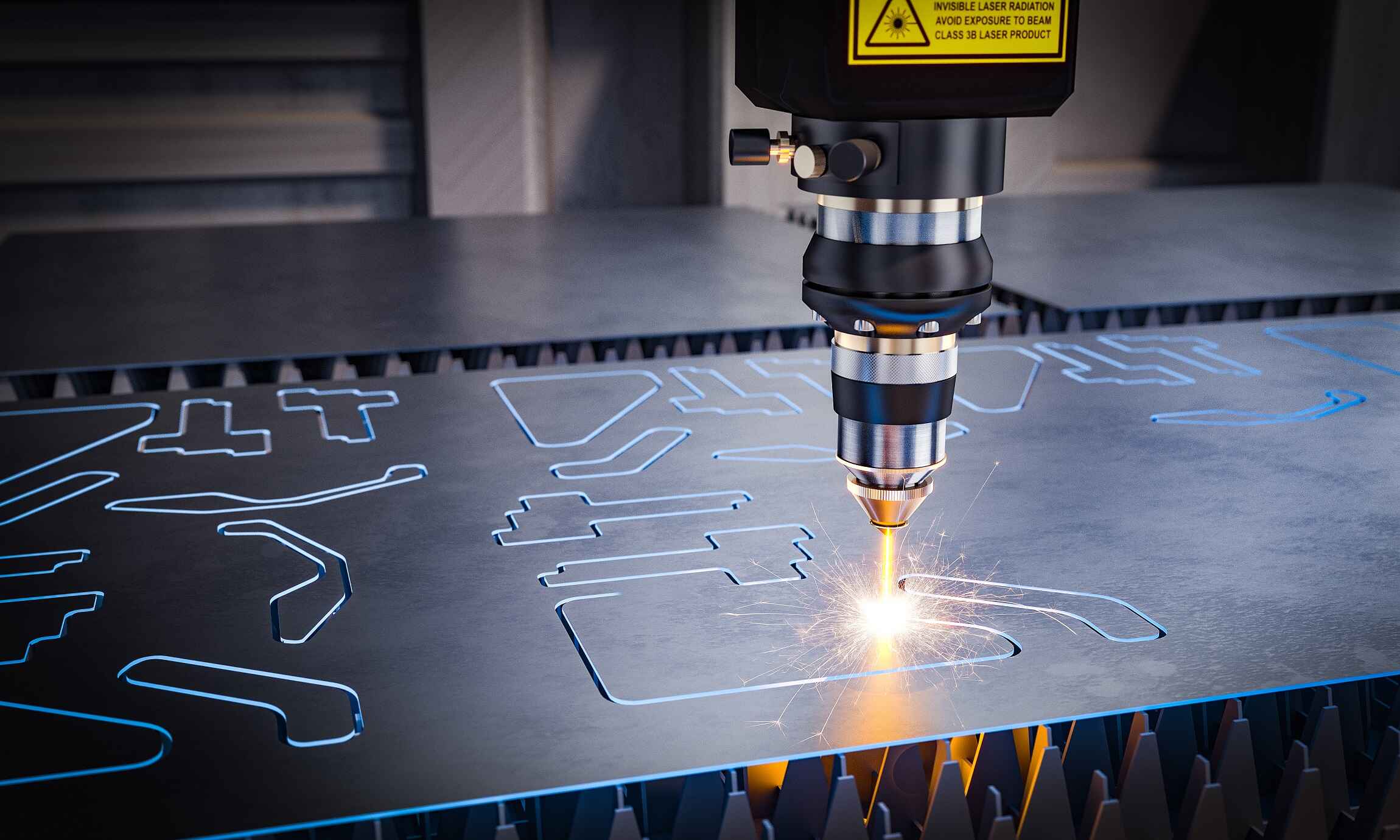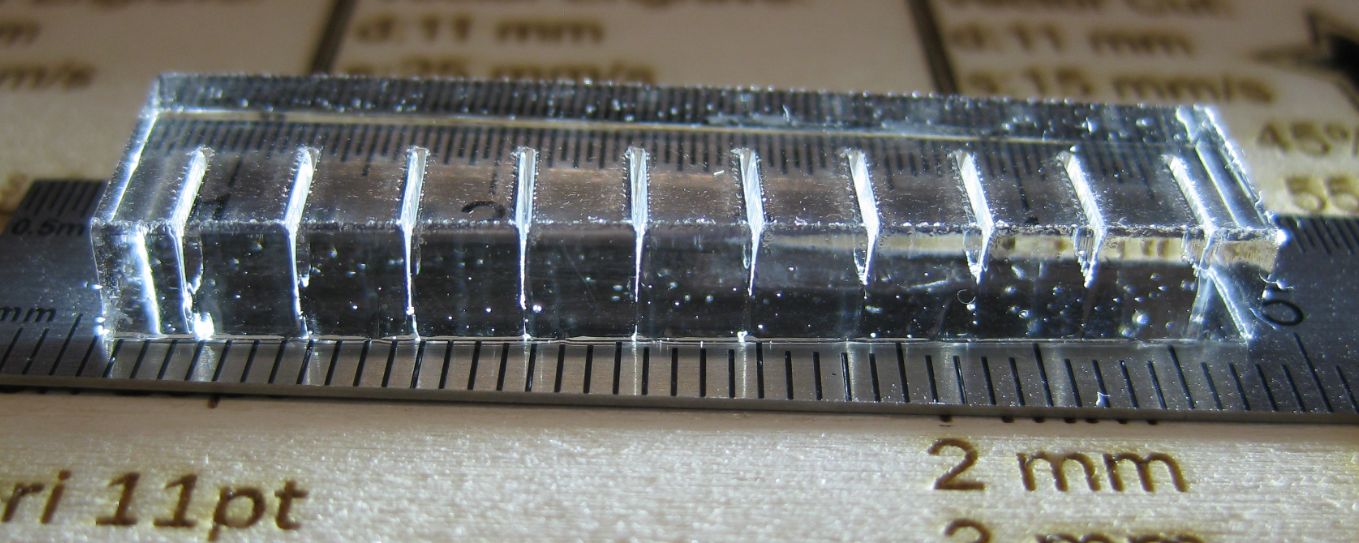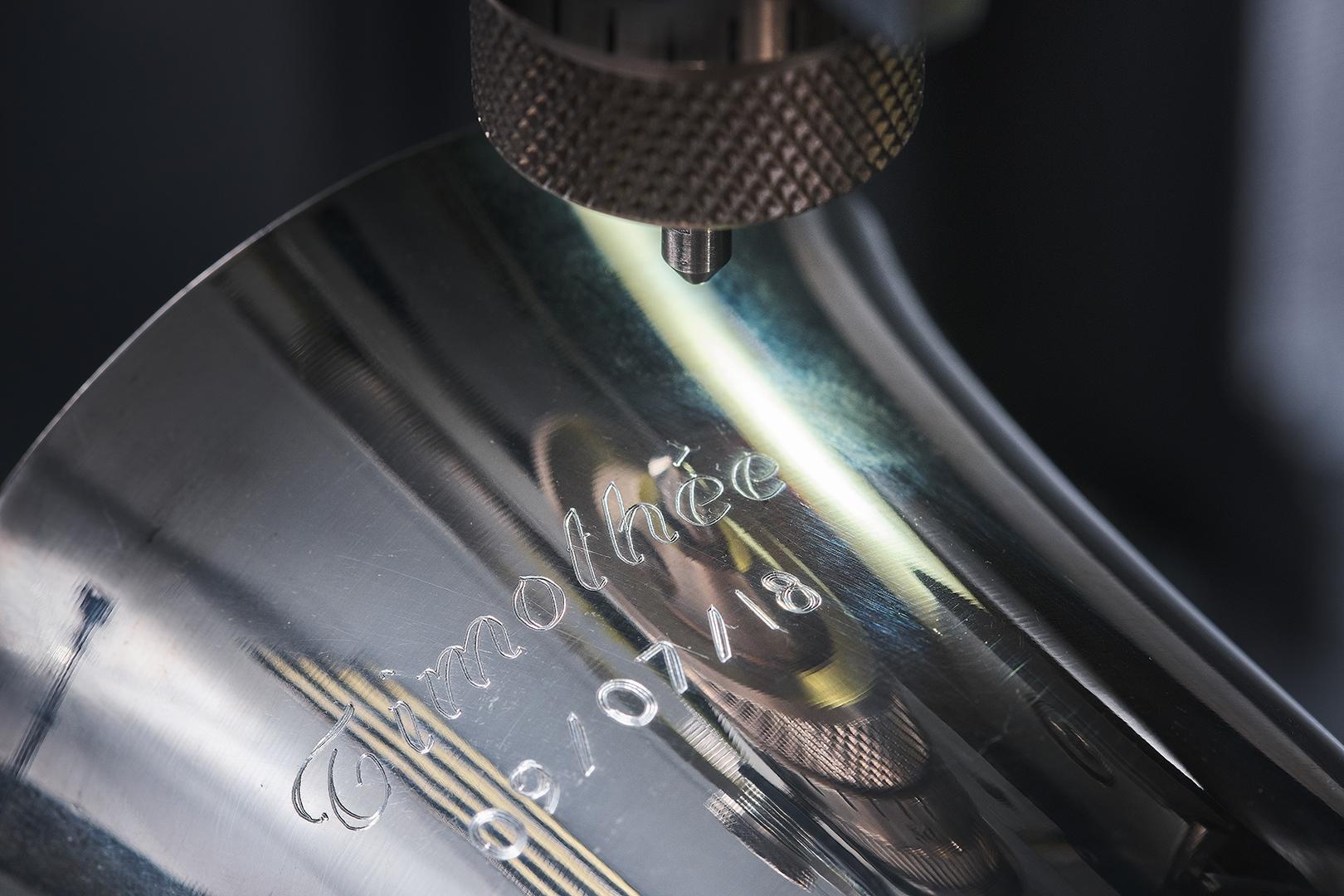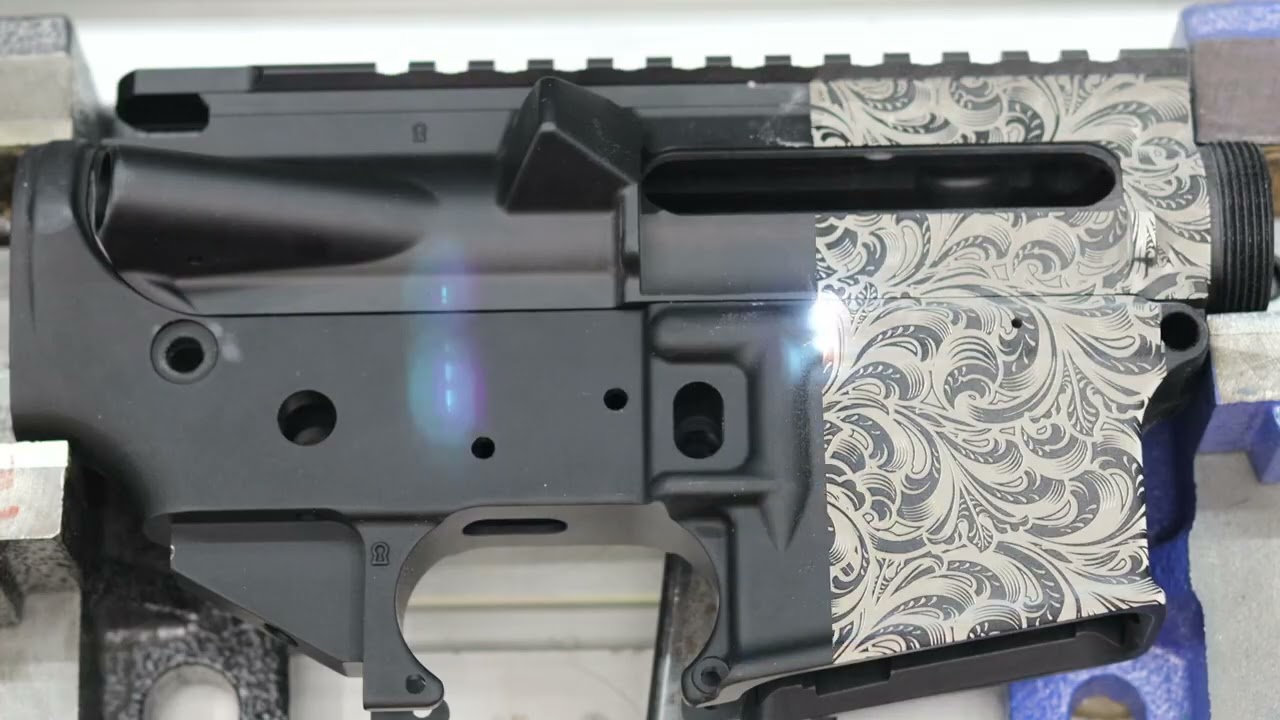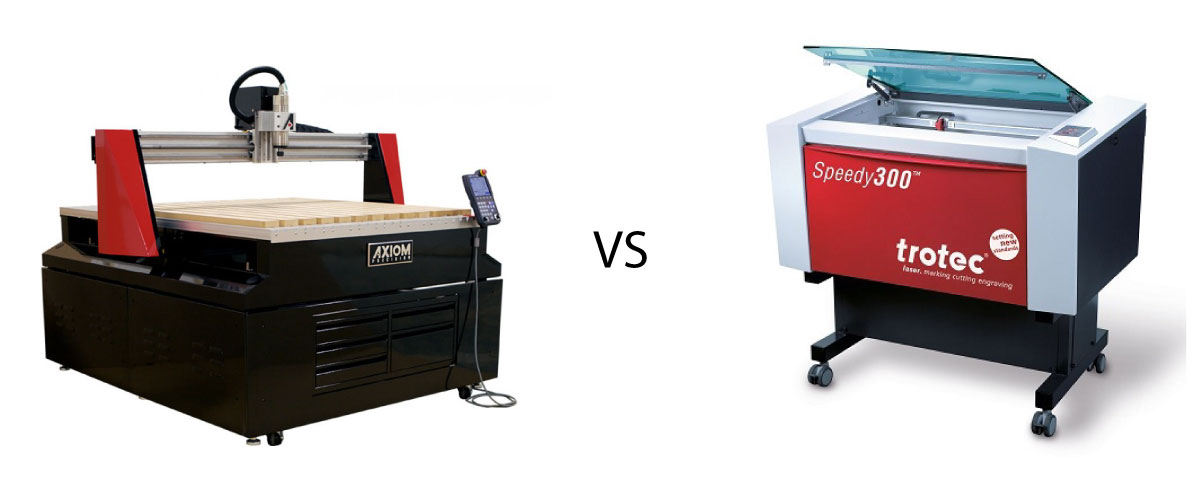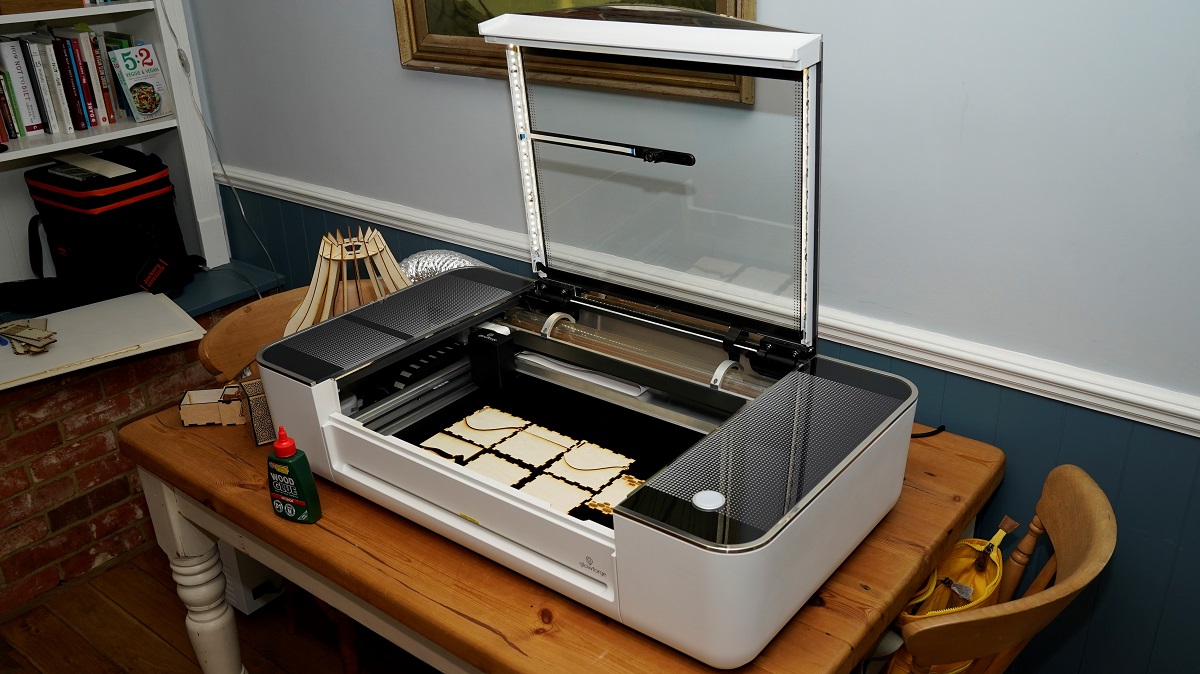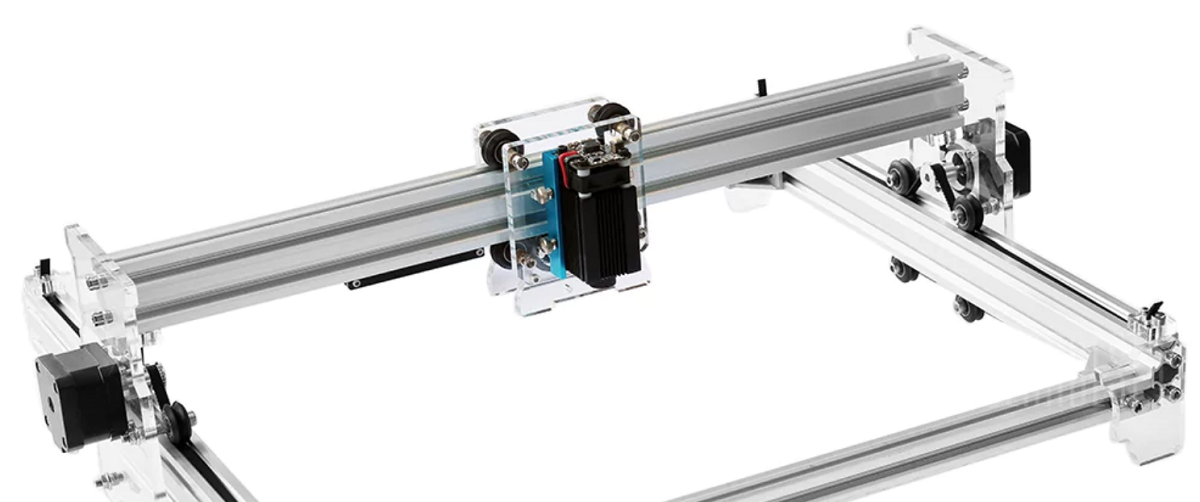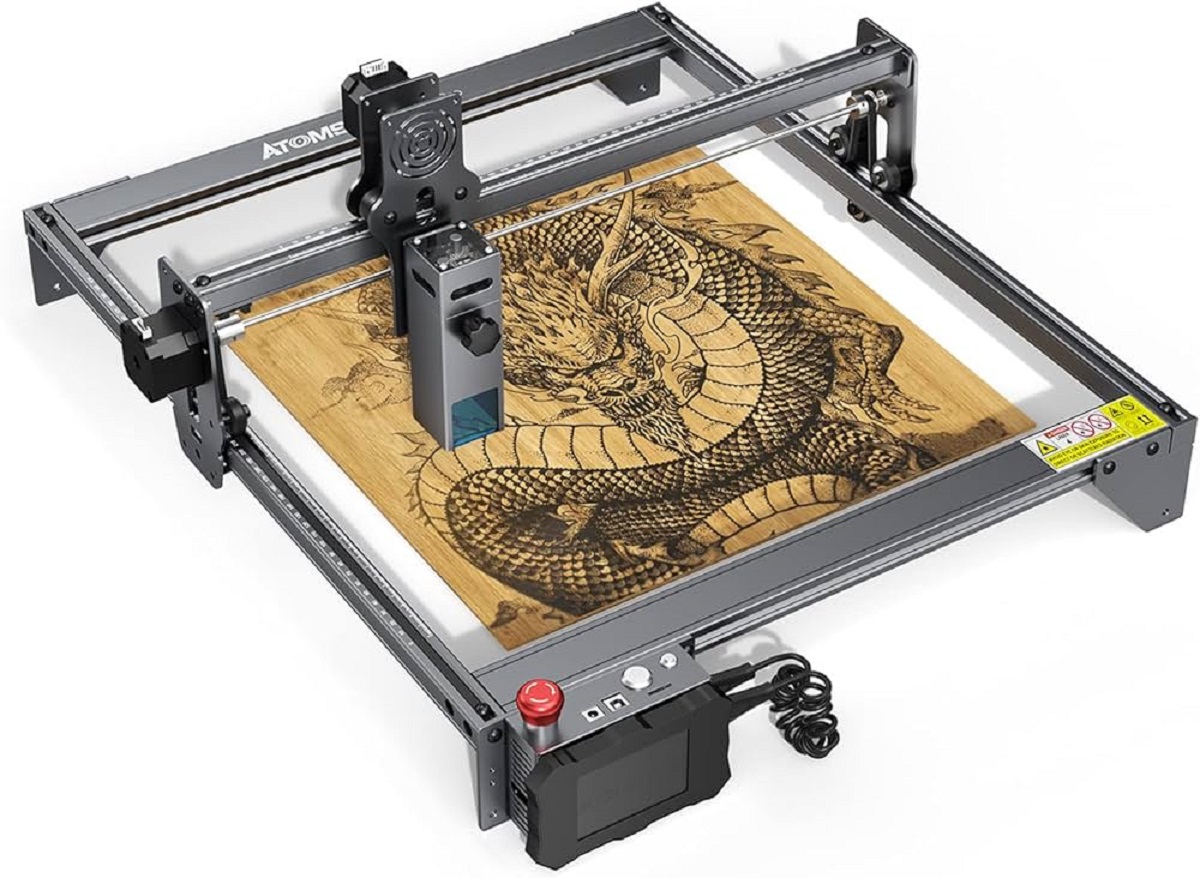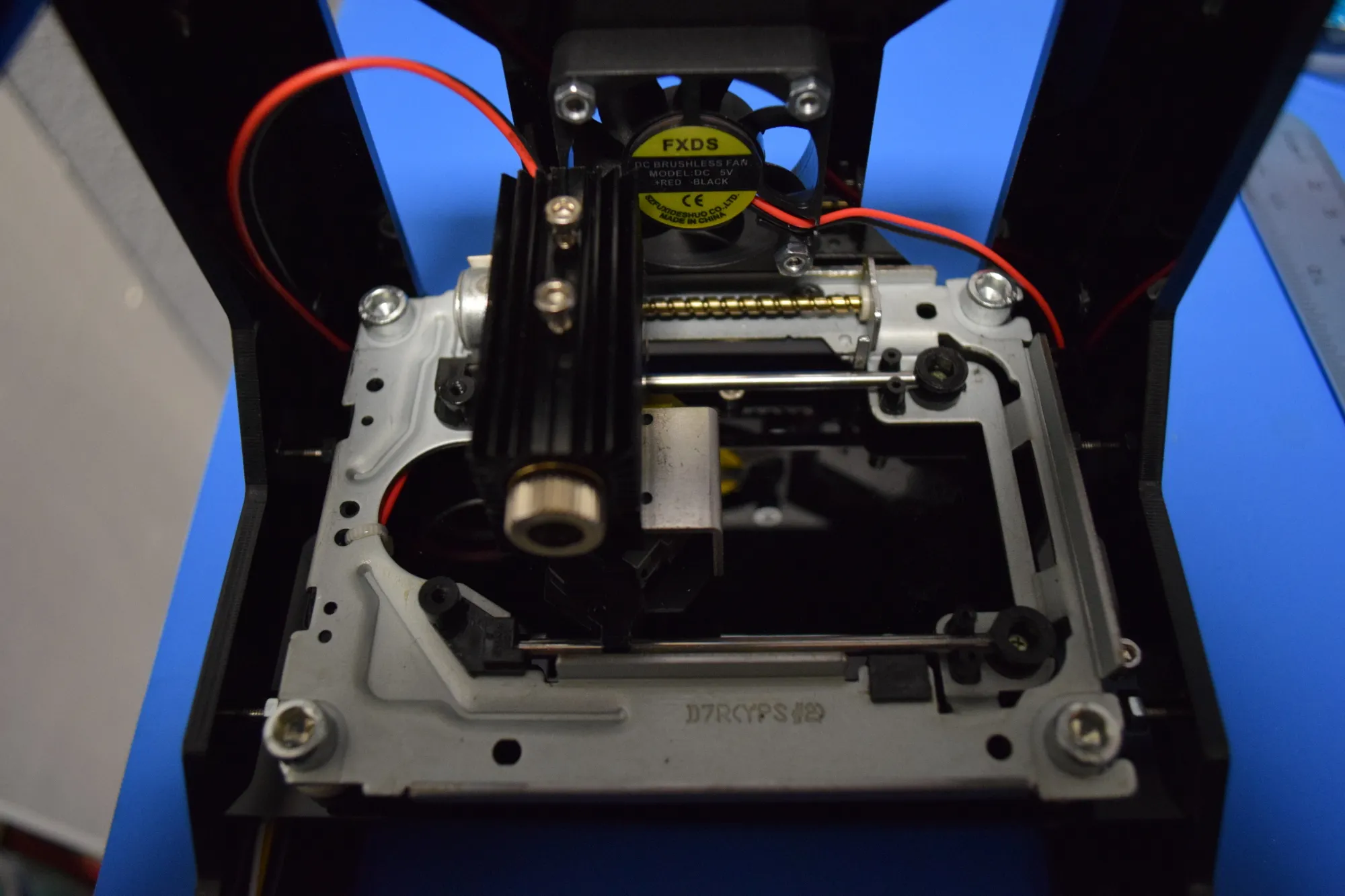Introduction
Welcome to the world of laser engraving! If you’re looking to engrave metal, you’ve come to the right place. Laser engravers have become invaluable tools for creating intricate designs and personalizing various objects, including metal surfaces. However, when it comes to choosing a laser engraver for metal, the power output is a crucial factor to consider.
Power output determines the intensity of the laser beam, which directly impacts the engraving depth, speed, and quality. In simple terms, the higher the power output, the deeper and faster the engraving process will be. But finding the right power laser engraver for your metal engraving needs can be a daunting task.
We have created this guide to help you navigate the world of laser engravers and choose the best power laser engraver for engraving metal. We will discuss the various power options available and highlight the factors you should consider before making a decision.
It’s essential to choose the right engraver to ensure optimal results and efficiency. Whether you’re a hobbyist, artist, or entrepreneur, finding the perfect balance between power, precision, and budget is crucial.
Before diving into the specific power options, let’s discuss the key factors to consider before choosing a laser engraver for metal engraving.
Power Output of Laser Engravers
When it comes to laser engravers, the power output is one of the most important specifications to consider. Power output is measured in watts (W), and it determines the strength of the laser beam. The power output directly affects the depth and speed of engraving, as well as the types of materials you can engrave.
Low-power laser engravers, typically ranging from 5 watts to 40 watts, are suitable for engraving on materials like wood, leather, and acrylic. However, when it comes to metal engraving, higher power output is necessary to achieve visible and durable results.
For metal engraving, it is recommended to choose a laser engraver with a power output of at least 50 watts. Machines with lower power may struggle to engrave metal surfaces effectively. The higher the power output, the more efficient and versatile the engraving process becomes.
Higher power laser engravers, such as those in the range of 100 to 200 watts or even more, are capable of engraving various metals, including stainless steel, aluminum, brass, and titanium. These machines offer deeper engraving depth, faster processing times, and superior engraving quality.
It’s essential to understand that the power output alone doesn’t guarantee excellent results. Other factors, such as the beam quality, focal length, and software capabilities, also play a crucial role in achieving optimal engraving on metal surfaces.
Keep in mind that as the power output increases, so does the cost of the laser engraver. It’s important to weigh your budget against your specific metal engraving requirements to make an informed decision.
Now that you have a better understanding of the power output of laser engravers, let’s delve into the factors you should consider before choosing the best power laser engraver for engraving metal.
Factors to Consider Before Choosing a Laser Engraver
Before investing in a laser engraver for metal engraving, there are several important factors to consider. These factors will help you make an informed decision, ensuring that you choose the right machine for your specific needs. Let’s explore these factors:
- Power Output: As discussed earlier, the power output of the laser engraver is crucial for metal engraving. Determine the power requirements based on the type of metal you intend to engrave and the desired depth and speed of engraving.
- Bed Size: Consider the size of the engraving bed or working area. Ensure that it is large enough to accommodate the size of the metal pieces you plan to engrave. A larger bed size provides more flexibility and allows for engraving larger objects.
- Beam Quality: The quality of the laser beam affects the precision and clarity of the engraving. Look for a laser engraver that offers a high-quality beam with a small spot size for intricate details and sharp lines.
- Software Compatibility: Check if the laser engraver’s software is compatible with your computer operating system. Also, ensure that the software provides the necessary features for designing and controlling the engraving process.
- Maintenance and Support: Look for a laser engraver that is easy to maintain and comes with reliable customer support. Consider factors such as the lifespan of the laser tube, availability of spare parts, and the reputation of the manufacturer for providing timely assistance.
- Price and Budget: Set a budget for your laser engraver and compare prices of different models that meet your requirements. Consider the long-term benefits and cost-effectiveness of the machine rather than focusing solely on the initial purchase price.
- User-Friendliness: Consider the user interface and ease of use of the laser engraver. Look for intuitive controls, clear instructions, and a user-friendly design that allows you to operate the machine efficiently, even if you are a beginner.
By considering these factors, you can narrow down your options and choose a laser engraver that best aligns with your metal engraving needs and preferences. Now, let’s move on to exploring some of the best power laser engravers specifically designed for engraving metal surfaces.
Best Power Laser Engravers for Engraving Metal
When it comes to metal engraving, having a laser engraver with sufficient power is essential. Here are some of the best power laser engravers on the market that are specifically designed for engraving metal surfaces:
- 1. 50-Watt Laser Engraver: The 50-watt laser engraver is a great entry-level option for metal engraving. It offers enough power to engrave on various metals, including stainless steel and brass. This type of laser engraver is suitable for those on a budget or for those who primarily work with thinner metals.
- 2. 100-Watt Laser Engraver: With double the power of the 50-watt engraver, the 100-watt laser engraver provides faster engraving speeds and deeper engraving depths. It can handle a wide range of metals, including aluminum, titanium, and even harder materials like hardened steel.
- 3. 150-Watt Laser Engraver: For more demanding metal engraving projects, a 150-watt laser engraver offers even greater power and versatility. It can handle thick metals with ease and provides excellent engraving precision and speed.
- 4. 200-Watt Laser Engraver: If you require the utmost power and capability for metal engraving, a 200-watt laser engraver is the top choice. It can effortlessly engrave thick metals, such as stainless steel, aluminum, and bronze, while delivering excellent results in terms of depth and detail.
Before making a final decision, consider your specific needs, budget, and the types of metals you plan to engrave. Each power level offers its own benefits and considerations, so choose the one that best suits your requirements.
Remember, power output is not the only factor to consider when selecting a laser engraver. Take into account the other factors we discussed earlier, such as bed size, beam quality, software compatibility, maintenance, and user-friendliness.
Now that you’re familiar with some of the best power laser engravers for engraving metal, you can make a more informed decision based on your specific engraving needs and preferences.
50-Watt Laser Engraver
The 50-watt laser engraver is a popular choice for those entering the world of metal engraving. It offers a balance between power, affordability, and versatility. Here are some key features and advantages of the 50-watt laser engraver:
- Engraving Capability: Despite its lower power output, the 50-watt laser engraver is capable of engraving on a variety of metals, including stainless steel, brass, aluminum, and more. It is particularly well-suited for thinner metals and can achieve precise and intricate engraving results.
- Price: Compared to higher power models, a 50-watt laser engraver is generally more affordable, making it an attractive option for those on a budget or just starting out in metal engraving.
- Speed and Efficiency: While it may not engrave as quickly as higher power models, the 50-watt engraver still offers decent engraving speeds and efficiency, allowing you to complete projects in a timely manner.
- Ease of Use: Many 50-watt laser engravers come with user-friendly software interfaces, making it easy for beginners to operate the machine. Additionally, they often have intuitive controls and clear instructions, ensuring a smooth engraving process.
While the 50-watt laser engraver has its advantages, it’s important to note its limitations. Thicker and harder metals may require higher power output for optimal results. Additionally, be mindful of the engraving depth you wish to achieve, as the 50-watt engraver may have certain limitations compared to more powerful models.
Overall, the 50-watt laser engraver is an excellent choice for those seeking an affordable option that can engrave a variety of metals with precision and detail. It is an ideal starting point for beginners in the world of metal engraving or for those with less demanding metal engraving needs.
Now that you have a better understanding of the 50-watt laser engraver, let’s explore other power options that provide even greater capability for metal engraving.
100-Watt Laser Engraver
The 100-watt laser engraver is a step up in power and performance compared to the 50-watt model. It offers increased capabilities and versatility for metal engraving. Here are some key features and advantages of the 100-watt laser engraver:
- Enhanced Power and Speed: With double the power of the 50-watt engraver, the 100-watt laser engraver provides faster engraving speeds and deeper engraving depths. This makes it suitable for a wide range of metals, including aluminum, copper, brass, and even harder materials like hardened steel.
- Improved Engraving Precision: The higher power output of the 100-watt engraver allows for greater engraving precision and clarity. It can achieve sharper lines, finer details, and produce more intricate designs on metal surfaces.
- Increased Material Compatibility: The 100-watt laser engraver expands the range of materials that can be engraved. It is capable of engraving thick metals and can handle a broader range of metal types, including stainless steel, titanium, and precious metals.
- Efficiency and Productivity: The increased power and speed of the 100-watt engraver translate to improved efficiency and productivity. It can handle larger projects and complete them in a shorter amount of time, making it suitable for small businesses and professional engravers.
While the 100-watt laser engraver offers many advantages, it’s important to consider your specific engraving needs and budget. It may be more expensive than the 50-watt model, but if you require the extra power, precision, and compatibility with a wider range of metals, the 100-watt engraver is a compelling option.
Remember to also consider factors such as the size of the engraving bed, software compatibility, maintenance requirements, and overall user-friendliness when choosing a laser engraver.
Now that we’ve explored the 100-watt laser engraver, let’s move on to the next power level and see what the 150-watt engraver has to offer for metal engraving.
150-Watt Laser Engraver
For those seeking even higher power and capabilities for metal engraving, the 150-watt laser engraver is an excellent choice. With its increased power output, it offers enhanced performance and versatility. Here are some key features and advantages of the 150-watt laser engraver:
- Greater Engraving Depth and Speed: The 150-watt laser engraver can engrave metal surfaces with greater depth and at a faster rate compared to lower power models. This allows for efficient processing and quicker completion of projects, especially when working with thicker metals.
- Expanded Compatibility: One of the biggest advantages of the 150-watt engraver is its compatibility with a wide range of metals. It can handle stainless steel, aluminum, copper, brass, titanium, and other metals with ease, making it suitable for various engraving applications.
- Improved Precision and Detail: The higher power output of the 150-watt engraver results in improved engraving precision and finer details. It can achieve intricate designs, sharp lines, and high-resolution engravings on metal surfaces, making it an ideal choice for intricate artwork and detailed projects.
- Professional-grade Performance: The 150-watt laser engraver is often preferred by professionals and businesses due to its high-quality performance and reliability. It can handle demanding engraving tasks and ensure consistent and accurate results, meeting the needs of small businesses, manufacturers, and creative professionals.
While the 150-watt laser engraver offers fantastic capabilities, it’s important to consider factors such as budget, available space, and specific engraving requirements before making a decision. Additionally, keep in mind that as the power output increases, the cost of the laser engraver may also rise.
Choosing the right power level depends on the type of metals you plan to engrave, the intricacy of the designs, and the intended application. The 150-watt laser engraver is a powerful tool that provides excellent results for those with more demanding metal engraving needs.
Now that we’ve explored the 150-watt laser engraver, let’s move on to the final power level, the 200-watt engraver, which offers the highest power and capability for metal engraving.
200-Watt Laser Engraver
The 200-watt laser engraver is the pinnacle of power and capability for metal engraving. With its impressive power output, it offers unparalleled performance and versatility. Here are some key features and advantages of the 200-watt laser engraver:
- Extreme Power and Speed: The 200-watt laser engraver is the most powerful option available for metal engraving. It can engrave metal surfaces with incredible speed and depth, making it ideal for large-scale projects and industrial applications.
- Engraving on Various Metals: The 200-watt engraver can handle a wide range of metals, including stainless steel, aluminum, copper, brass, titanium, and more. It can engrave with exceptional precision and detail, producing high-quality results on even the toughest materials.
- Efficiency and Productivity: The higher power output of the 200-watt engraver allows for faster processing times and increased productivity. It can handle thick metals with ease, reducing the time required to complete engraving projects.
- Commercial and Industrial Applications: The 200-watt laser engraver is suitable for commercial and industrial applications that demand precise engraving on large metal surfaces. It is commonly used in manufacturing, automotive, aerospace, and other industries that require high-quality metal engraving.
It’s important to note that the 200-watt laser engraver is typically a professional-grade machine and may come with a higher price tag compared to lower power models. Consider your specific needs, budget, and project requirements before investing in this top-of-the-line engraver.
Whether you’re working on industrial projects or require the utmost power and precision for your metal engraving needs, the 200-watt laser engraver is the ideal choice.
Now that we have explored all the power options, you have a better understanding of the range of laser engravers available for metal engraving. Remember to consider your specific engraving requirements, budget, and other factors we discussed to make an informed decision.
By selecting the right power laser engraver, you can achieve exceptional results and bring your metal engraving projects to life.
Conclusion
Choosing the right power laser engraver for metal engraving plays a crucial role in achieving optimal results. Power output directly affects the depth, speed, and versatility of the engraving process. By considering factors such as power output, bed size, beam quality, software compatibility, maintenance, and user-friendliness, you can make an informed decision.
In this guide, we explored the different power options available for laser engravers, ranging from the 50-watt model to the powerful 200-watt engraver. Each power level offers its own advantages and considerations, catering to a variety of engraving needs and budgets.
The 50-watt laser engraver provides a cost-effective option for beginners and those working with thinner metals. The 100-watt engraver offers increased power and compatibility, making it suitable for a wider range of metals. The 150-watt engraver further enhances engraving depth, precision, and material compatibility. Lastly, the 200-watt engraver delivers maximum power and is ideal for commercial and industrial applications.
Remember to thoroughly assess your specific engraving requirements, budget, and other factors before making a decision. Take into account the intended materials, intricacy of designs, and the level of detail you wish to achieve. Ensure that the laser engraver you choose aligns with your needs and offers the necessary power and capabilities.
By selecting the right power laser engraver, you can embark on a journey of metal engraving, unlocking endless possibilities to personalize and create intricate designs on various metal surfaces.







